Any serious angler knows the need for fresh bait for a day of fishing; being able to catch your own and not having to depend on a bait-and-tackle shop is a big advantage. After many very early mornings being let down and left scrambling for bait because the bait shop was either sold out or the quality was poor, I decided it was time to make a change: I started catching my own baitfish during the week, after work, and keeping it alive in cages I sank alongside the dock. The boat I was using at the time was well suited to chasing flounder and cobia in the lower Chesapeake Bay and coastal waters off Virginia Beach, but too large for the baitfish-rich inlets and shallow coves, and I found myself looking for a small, easy-to-maintain outboard skiff.The search for an inexpensive, used, production fiberglass skiff went on for a while without success. The fit and finish of most affordable small and simple powerboats left much to be desired. Exploring other affordable options, I discovered I could build a wooden boat for less money and put into the project the standard of finish that I wanted.I found my way to Dudley Dix, a yacht designer living in Virginia Beach. When I sat down with him to talk about what I was looking for, he said he’d wanted to design a line of garvey-style outboard-powered boats and was looking for the right time to start the drawings. The boat I outlined for him provided the catalyst for his design project. My list of requirements for the boat were fairly basic. I had very little woodworking experience and no boatbuilding experience so I needed something easy to build, something a true novice could tackle. The project needed to go quickly enough to complete in six months, working in my spare time, so the boat could be ready for the upcoming summer. My plan was to leave the boat in a slip during the summer so I wanted it to be self-bailing, to ease the worry of swamping while the boat was tied up and unattended during the many evening thunderstorms we have here. After a few months of designing, Dudley presented me with drawings for a 16′ garvey, and I began construction.
Join The Conversation
We welcome your comments about this article. To include a photo with your remarks, click Choose File below the Comment box.
Comments (4)
Comments are closed.

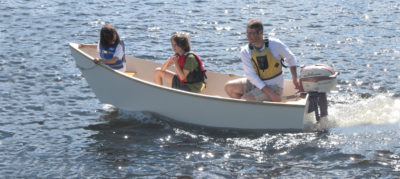
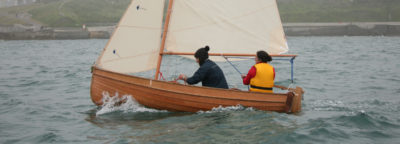
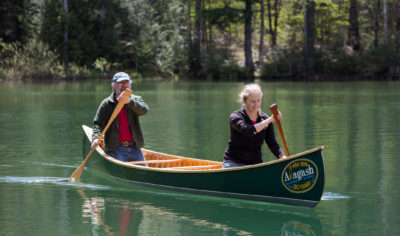
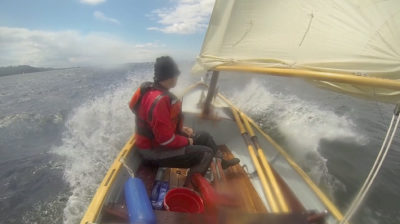
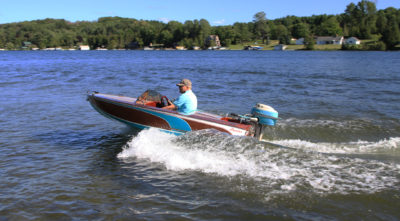
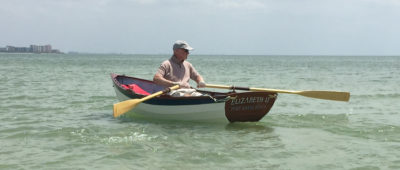
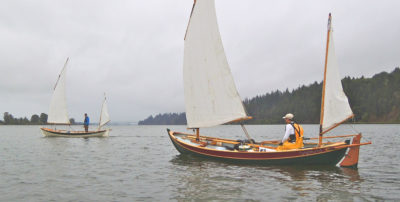
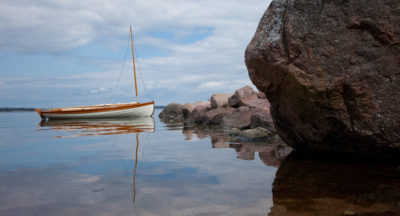
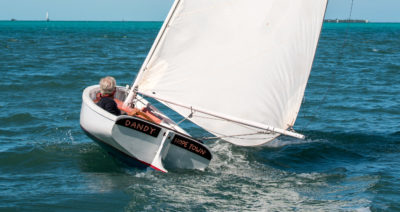

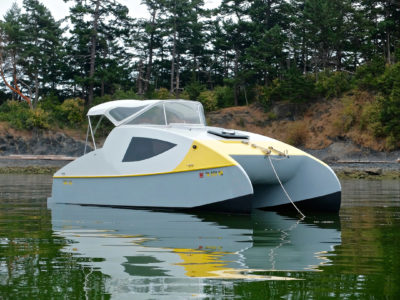

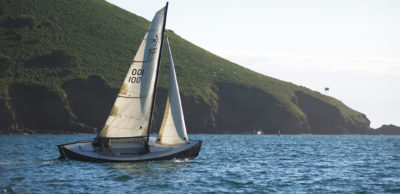
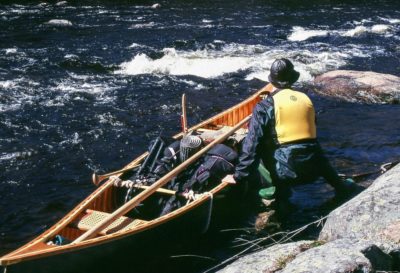

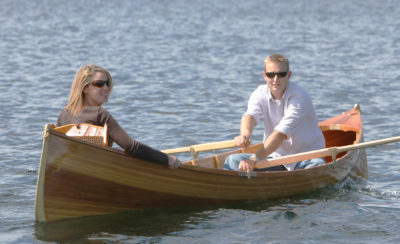



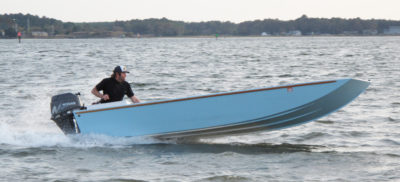
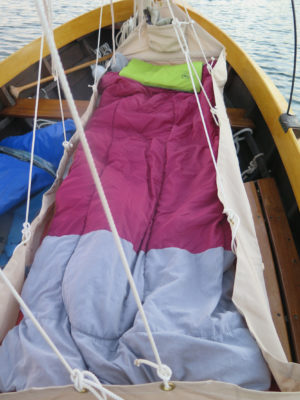
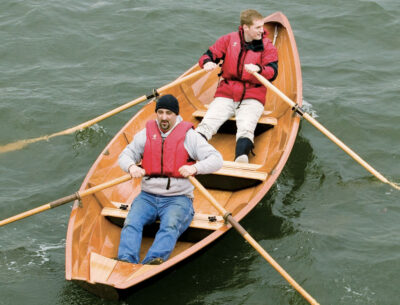

I’m curious how the self-draining cockpit works. Do you have a picture of the scuppers?
The cockpit sole slopes downward to the stern and water drains through two holes in the transom; the sole and the scuppers are above the waterline. You can see the starboard scupper in the enlargement here and if you take a close look at the photo showing the boat on the lawn, you’ll see the port scupper to the left of the motor.

Christopher Cunningham, Editor, Small Boats Monthly
Congratulations to Kevin on his construction and to Dudley Dix for his design. For a first-time builder, Kevin did a great job. May the winds be at his back and smooth seas ahead.
I’m very proud of my younger brother Kevin. As an avid outdoorsman myself, I appreciate the “need bait” excuse to build an awesome boat! Probably one of the better looking bait boats I’ve seen.